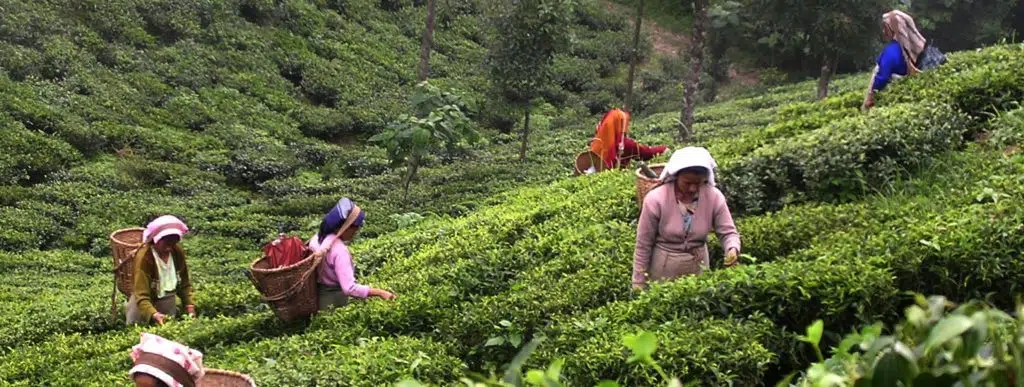India: Beyond the Taj Mahal
*This is the second in our series on exploring destinations in India beyond the Taj Mahal.
You wouldn’t go to Paris and skip the Eiffel Tower, so while we agree that the Taj Mahal is certainly a must-see at both dawn and dusk, there is so much more to India than this iconic landmark. Whether you’ve been to India nine times or never, we have some suggestions for the different ways to explore and experience this alluring destination.


When is the best time to visit Sikkim, India?
For cultural touring, fall and spring offer the best weather. While fall (September through November) offers clearer skies with better mountain views, spring (February through April) offers the advantage of blooming wildflowers. The higher altitude trekking season is much shorter and is best March-April or mid-October through mid-November since the daytimes temperatures are in the mid-70s with nighttime temperatures dipping into the high 50s.

Is it worth visiting Sikkim?
Quite simply, Yes! Sikkim is stunning. You will experience the grandeur of magnificent Himalayan peaks, lush valleys, swiftly running rivers and delightfully peaceful people. Come springtime, the hills are covered in rhododendron exploding in a riot of colors (there are 13!).
Like the Himalaya’s other mountain kingdoms, Sikkim was virtually cut off from the world for centuries, and remained isolated for some time even after it was politically absorbed into India in 1975. Sikkim was traditionally ruled by the Chogyal dynasty. The Chogyals were of Buddhist origin, and the flavor of Gangtok (the past and current capital) remains very influenced by Tibetan Buddhism.
It is the lure of the majestic Himalaya that draws the adventurer to this land. Panoramic views of the snowcapped Himalayan peaks, especially the gargantuan massif of Kanchenjunga, serve as a dramatic backdrop to this region. Kanchenjunga translates to “five treasures of the snows,” as it is believed by the Sikkimese to conceal a treasure under each of its five summits. Here, you’ll visit renowned Tibetan monasteries at Rumtek (home of the Karmapa), as well as Pemayangtse (seat of the sublime lotus) to name just a few.
Although not officially a political part of the state of Sikkim, the captivating Raj-era hill stations of Darjeeling and Kalimpong are Sikkimese in spirit and are the gateways for any visit to Sikkim. Darjeeling is world-renowned for its namesake teas and its tea plantations are a source of livelihood for the people of the Himalayan foothills. You’ll feel as if you stepped back in time or stumbled onto a film set as you sip tea and watch the sun set on the Himalaya from the verandah of the Windamere Hotel. If those views weren’t staggering enough, you’ll see Everest, Makalu, and Kanchenjunga—three of the world’s highest mountains—from Darjeeling’s Tiger Hill. It is from Darjeeling that the early Everest expeditions originated.

Enjoy a cultural tour of these wondrous sights, or head deeper for the hills by lacing up your hiking boots for some of the world’s best trekking. One of the highlights of this region is the ability to get up close to a 28,000 peak in a short time (two days); something that is not possible with any other peak. Choose your hiking adventure here, with trekking routes from three to fourteen days (special permits are required).

What are the accommodations like in Sikkim?
The hotels here are first rate, with old school British flair and attentive service. While trekking, you’ll be accommodated in four-person tents designed for double occupancy.



